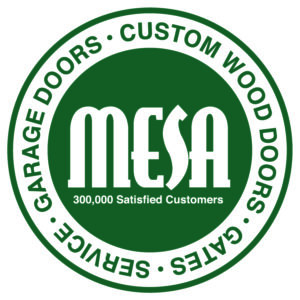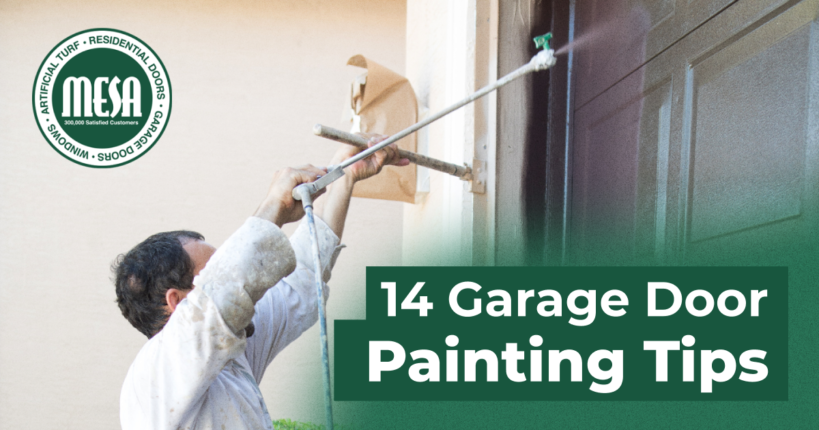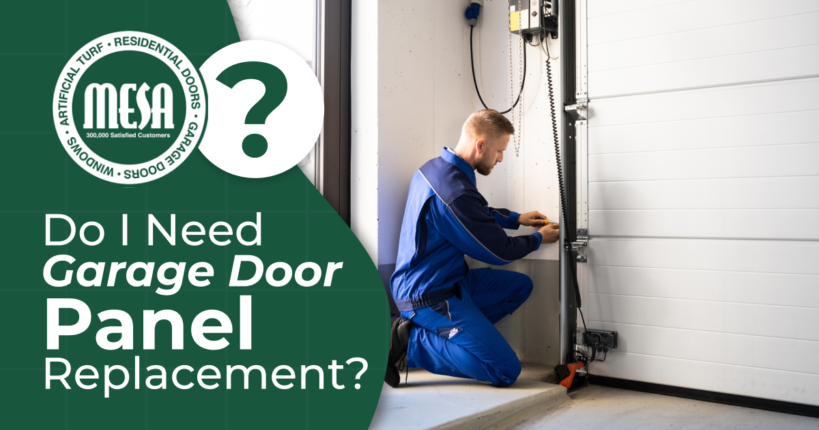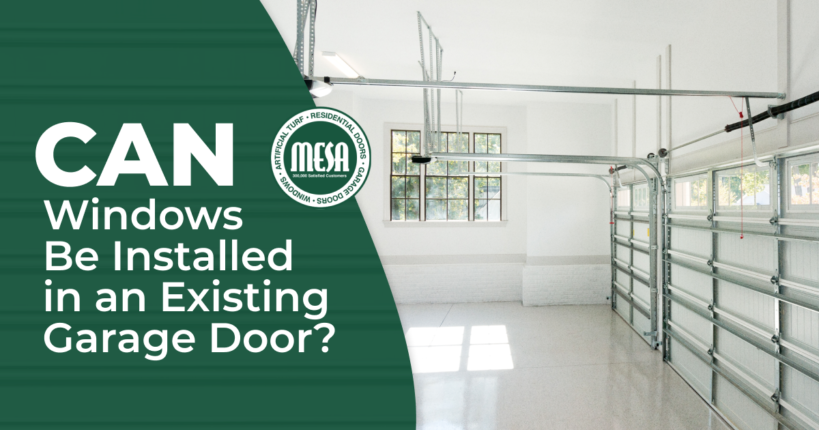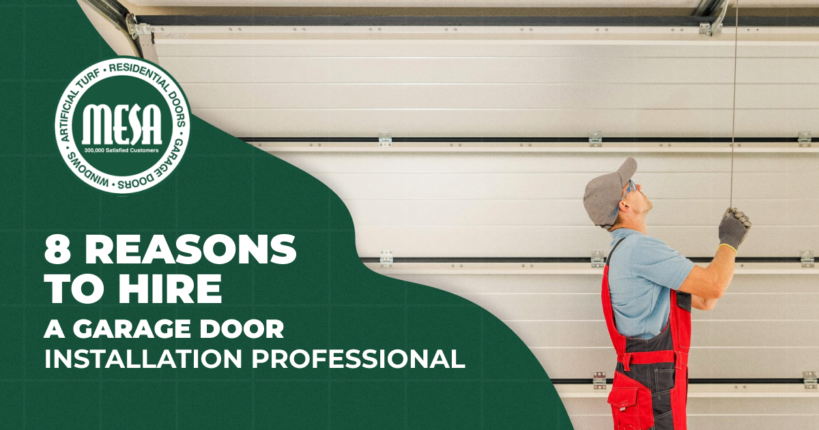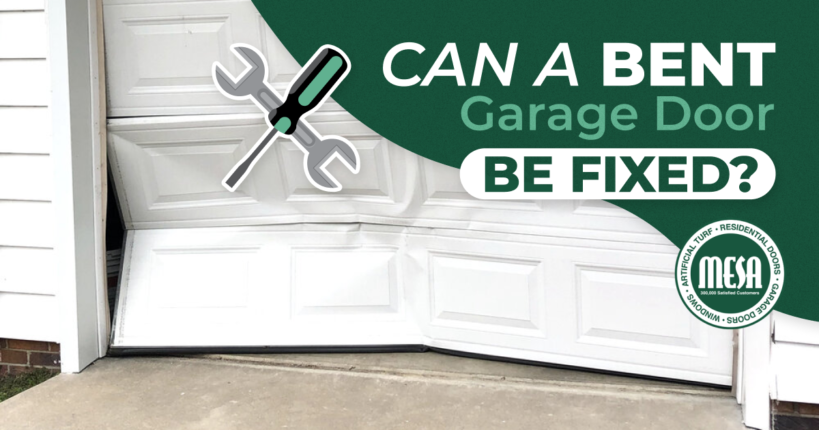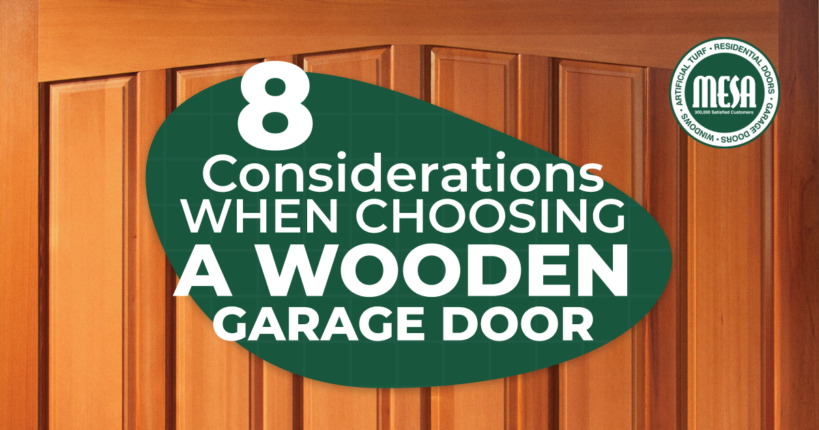Common Problems with Roll-Up Garage Doors
Roll-up garage doors have many benefits but can develop common problems. While most often used for businesses, they’re also found in some residential applications. These doors have several pros and cons. Property owners often prefer them because they save space and are strong, durable, secure, and well-insulated. However, significant issues can occur. If you’re considering a roll-up garage door or already have one, the following are common problems you should know about.
Loss of Power
Like any automatic garage door, a roll-up model requires a power source to open and close. It won’t work if there’s a loss of power. A power outage in your neighborhood can be one reason for this. If the problem is from the utility grid, you’ll have to wait until power is restored or your emergency generator kicks in.
However, if the issue is isolated to your home, here are some possible causes and solutions:
- Tripped Circuit Breaker: An overloaded circuit or problem with the garage door opener can cause the breaker to trip. Resetting the breaker switch at the panel should fix the problem. If not, unplug other devices on the circuit or call an electrician to troubleshoot and fix the issue.
- The Opener Is Unplugged: Check if the power plug for the garage door opener is plugged in. If it’s unplugged or the plug is not secure, insert it into the socket and try operating the door again.
- Switch/Wiring Problem: A defective wall switch or faulty wiring can prevent your roll-up garage door from working correctly. Wiring or other electrical issues should be handled only by an experienced professional.
Obstructions
Any type of obstruction anywhere in the garage door system can prevent it from working. Most people think of an obstruction as a large object or debris blocking the door. However, dust, dirt, and grime can be just as disruptive, especially if they build up on the rollers or in the tracks.
If you can reach it, wipe away any grime and loose material with a damp rag. You can try using a vacuum cleaner with a brush attachment for a larger buildup. But if the material is hard to remove or getting to it requires disassembly, call a professional to inspect, clean, and, if necessary, repair the unit.
Missing Safety Edge
Designed to detect obstructions via specialized sensors, the safety edge can reverse the door while it’s closing to avoid injuries and property damage. A safety edge is a common feature of a commercial roll-up garage door. If it is missing or damaged, the door may stop working, or it can become a safety hazard and damage anything in its path (or be damaged in the process).
Parts and Components Have Worn Out
A roll-up garage door has many components that can wear out as they age. Therefore, wear-related issues are common. If one small component fails, the door may not open properly or it may stop working altogether. Some of the most common parts of the system that may need replacement include:
- Torsion Springs: Depending on the spring, it can last as many as 50,000 cycles. Springs wear out with use, but humidity and other environmental conditions can lead to rust.
- End Bearing Plates: These plates support the weight of the spring and door, but they can wear out and start to grind. This causes noise, and the plates can bind up, throwing the door out of alignment and preventing it from moving.
- Photo Eye Sensors: If the receiver isn’t getting the signal from the transmitter, your garage door won’t open or close. This can happen because a sensor is obstructed, the photo eyes are out of alignment, or the door isn’t level.
High Spring Tension
A roll-up garage door won’t work properly if the spring tension doesn’t meet the required specifications. The spring is also at a higher risk of breaking. Too high a tension setting makes the door harder to close, but it will be easier to open. Low tension makes it easier to close the door and more difficult to open it.
Adjusting the springs can be dangerous. If you suspect incorrect spring tension is causing your garage door problems, call a professional to calibrate or replace your springs safely.
Bad Spring or Cable
If there’s a spring or cable problem, the door will struggle to stay open. Check if a spring is stretched or has a gap, or if a cable is frayed or broken; if so, it must be replaced. Garage door spring and cable replacement must be performed by a professional, who can complete the repair safely and quickly.
Misalignments
A misaligned track, hood, or fascia can cause the door to scrape against the guides. This can strip paint off the panels or cause more severe damage. A corroded track can cause a garage door to become misaligned. Meanwhile, misaligned tracks can damage the curtain or cause excess strain that burns out the motor. If you believe any part of your garage door is misaligned, call a professional before there’s costly damage.
Jammed or Failed Motor
The motor in the garage door opener is a complex mechanism. If it completely fails, the door won’t work at all. However, a range of other issues are possible. Call for help if the motor makes strange noises or causes the door to move more slowly, faster, or in a jerky motion. If there’s a delay or no response when you use the wall switch or remote, the motor may be out of sync with the door or on the brink of failure.
Before you call a repair company, try to troubleshoot the issue by turning off the door and power supply. Then you can inspect the motor for obvious issues. Your findings can help a technician more quickly diagnose the problem. Or, they can isolate the issue to a different component such as a malfunctioning sensor or faulty wire.
Improper Installation
If there’s an installation issue, a roll-up garage door may not run smoothly. It can also be noisy or become misaligned. Poor quality installation often means the door isn’t properly secured to the frame or track. Over time, this can cause it to loosen or shift. The door will become more difficult to operate and major damage may require costly repairs or a replacement.
Can I Adjust a Roll-Up Garage Door?
Roll-up doors may need adjustment for many reasons. First, you have to identify the issue, which may be an uneven panel, misaligned track, or worn-out part. Adjusting the door system requires various tools and supplies, depending on the problem and the parts needed. Some adjustments entail just tightening screws or bolts. However, others aren’t so straightforward and require advanced skills and knowledge.
How Long Does It Take to Fix a Roll-Up Door?
Most roll-up door repairs take a few hours. Without a professional, the process can take longer and you risk costly and time-consuming mistakes. If you’re not familiar with fixing issues such as a door off the track, a broken spring, or a faulty garage door opener connection (or have the proper tools), contact a repair professional.
What If My Roll-Up Garage Door Doesn’t Work?
If the door stops working, troubleshoot the issue by checking the power connections and circuit breaker. Also, look for damage such as a broken spring or bent track. A stuck door can prevent you from getting in or out of your garage. Use the emergency release rope and pull the handle if this is the case. Once the motor is disengaged, you should be able to lift the door manually.
Contact Us for Roll-Up Garage Door Repairs
At Mesa Garage Doors, our skilled professionals can fix any problem. They’re familiar with all types of garage doors and their components. Roll-up garage doors can be more challenging to repair than other models, but our team can promptly and efficiently troubleshoot and resolve any issue. We serve customers in Los Angeles and Orange County, Riverside County, San Bernardino County, and Ventura County. To request a repair service, book your appointment online or call (800) 893-1107 today.
